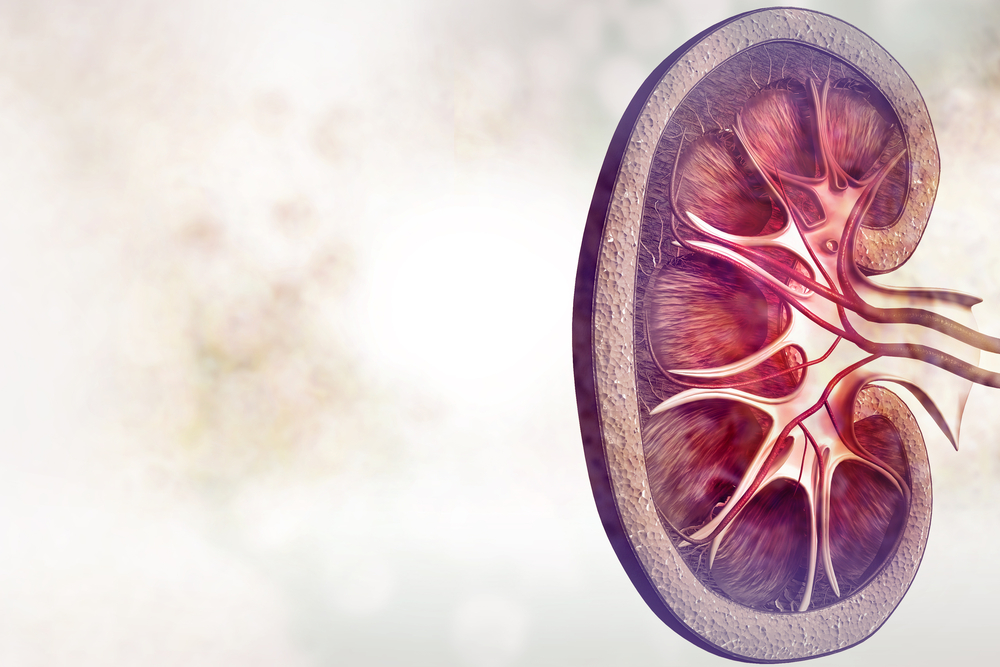Early Diagnosis of AAV Symptoms Decreases Risk of Renal Damage, Mortality
Written by |

A retrospective study has found an association between the length of prodromal phase – where patients experience non-specific symptoms before more specific disease signs develop – and mortality in antineutrophil cytoplasmic antibody (ANCA)-associated vasculitis (AAV) patients. This finding underscores the importance of early diagnosis.
The study, “Relation between duration of the prodromal phase and renal damage in ANCA-associated vasculitis,” was published in the journal BMC Nephrology.
Most patients diagnosed with AAV experience a so-called prodromal phase prior to diagnosis. Non-specific symptoms, such as fatigue and muscle pain, make it difficult to diagnose AAV at such an early stage, leading to delays in diagnosis.
Only a few studies have addressed the relation between time to diagnosis and outcomes. Such studies were either inconclusive or included patients diagnosed several decades ago. So, researchers wanted to characterize the link between the length of the prodromal phase and renal damage in AAV patients.
The study involved 72 patients from the Northwest Clinics, The Netherlands, who had been diagnosed with AAV and renal involvement in accordance with standard guidelines.
Patients were divided into two equal groups, one that had a short prodromal phase (less than or equal to 22 weeks) and another that had a long prodromal phase (more than 22 weeks).
Results showed that patients with a long prodromal phase were more frequently diagnosed with granulomatosis with polyangiitis (GPA), while microscopic polyangiitis (MPA) was more frequent in patients with short prodromal phases.
Kidney function, proteinuria (excess protein in urine), and disease activity did not show any significant difference between the two groups at the time of diagnosis. At six months after diagnosis, proteinuria was more frequent in patients in the long prodromal phase group, but there was no significant difference in kidney function between the two groups.
Within three years after diagnosis, however, patients who had a long prodromal phase were significantly more likely to develop end-stage renal disease. Mortality also was higher among patients with a long prodromal phase in comparison to those in the long prodromal phase group. Overall, the risk of end-stage renal disease or death was 5.2 times higher in patients included in the long prodromal phase group.
Main limitations of the study are the small number of patients, its retrospective nature, and lack of data from other physicians who might have treated the patients outside the Northwest Clinics.
The results indicate that end-stage renal disease and mortality are increased in patients with longer prodromal phases. This stresses “the importance of an early diagnosis in AAV, even though this can be challenging when symptoms are aspecific. Education in primary and secondary care on the different aspects of AAV could increase awareness, so that patients could be referred earlier to an internist or rheumatologist,” researchers concluded.





